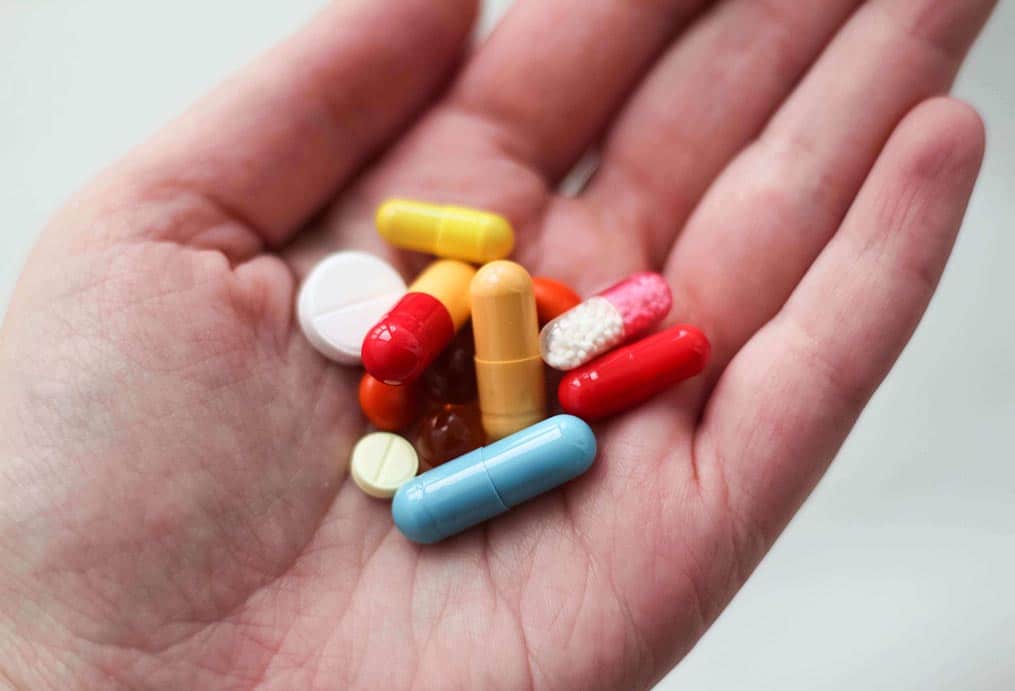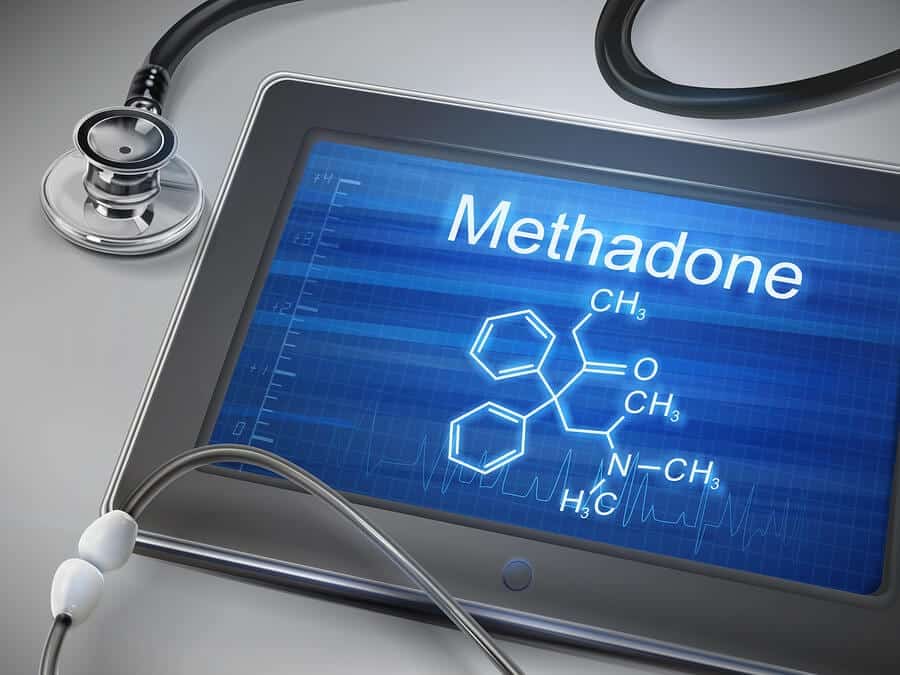Methadone (e.g., Methadose or Dolophine) is a synthetic opioid commonly used in medication-assisted therapy to help people stop using heroin or other highly potent opioids. It should only be used as part of a comprehensive addiction treatment program that also includes behavioral therapy, counseling, and participation in peer support groups. When used long-term, methadone withdrawal symptoms can occur if a person stops using it abruptly. When used as prescribed, methadone can be very effective at relieving symptoms associated with opioid withdrawal and reducing cravings. Less commonly, methadone is prescribed for pain management to those who have not responded to the use of other opioids or pain relievers. Although methadone can help a person to overcome an addiction to other opioid drugs, such as heroin, it also comes with its own potential for abuse, dependence, and addiction. Detractors of methadone argue that its use is merely trading one drug for another. However, the truth is that methadone can be very effective in reducing harm relative to that of more powerful opioids, providing that it is used correctly. Long-term methadone use generally results in some level of dependence, even if the person is not misusing it. While this is normal, the ultimate goal is to get a person off of opioids altogether. For this reason, many health providers will use a tapering method to wean a person off of methadone gradually to reduce withdrawal symptoms. Eventually, an even weaker opioid such as buprenorphine may be used to facilitate this process. This ideal situation does not always occur, however. A person may somehow lose access to methadone and go into withdrawal. These symptoms are uncommon for those who have legitimate prescriptions for methadone, especially if they are receiving it as part of a treatment program. Methadone is a long-acting drug, and withdrawal symptoms do not onset for at least 24 hours. For those who use it legitimately, this would give them time to get access to it if they ran out. For this reason, the most likely scenario for needing a full methadone detox would be that the person is misusing a prescription or abusing it without a prescription.









